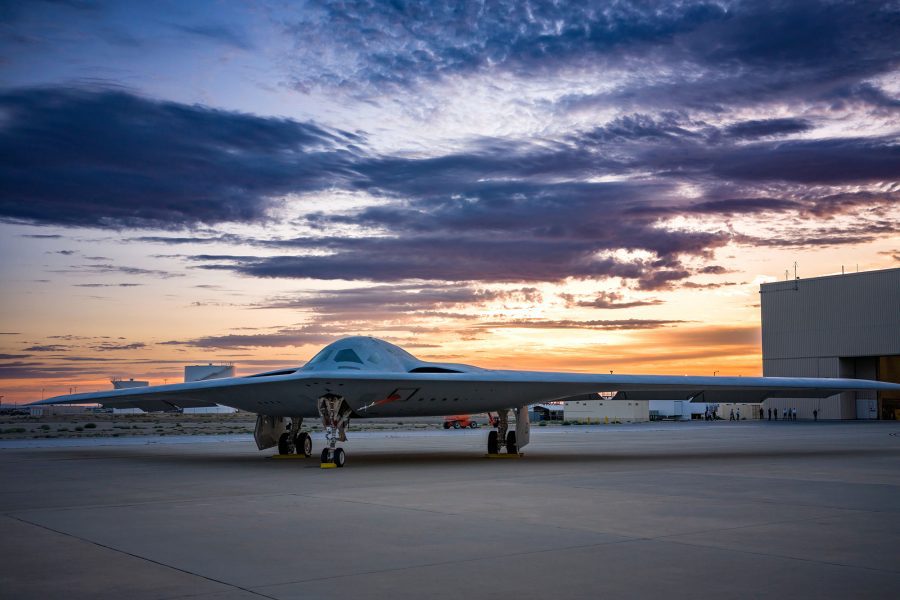Operating behind enemy lines presents soldiers with a myriad of threats and challenges that require careful analysis, planning, and execution. Military experts play a crucial role in assessing these threats, developing strategies to counter them, and providing soldiers with the training and support they need to succeed in hostile environments. By understanding the unique challenges faced by soldiers behind enemy lines, military experts can help ensure the safety and success of these important missions. From enemy forces and harsh terrain to limited resources and psychological stress, soldiers must navigate a complex landscape with precision and resilience. Through strategic planning and coordination, military experts are able to equip soldiers with the tools needed to overcome these obstacles and achieve their objectives.
Behind Enemy Lines: Military Experts Analyze Threats and Challenges
Introduction
In the world of modern warfare, military experts are constantly analyzing threats and challenges faced by soldiers operating behind enemy lines. These experts use their knowledge and experience to assess the dangers and risks faced by troops in hostile environments, and develop strategies to mitigate these threats. In this article, we will explore some of the key threats and challenges faced by soldiers behind enemy lines, and the strategies that military experts use to address them.
Threats Faced by Soldiers Behind Enemy Lines
1. Enemy Forces: Perhaps the most obvious threat faced by soldiers operating behind enemy lines is the presence of enemy forces. These forces may be better equipped, more numerous, or have superior training compared to the soldiers on the ground. In order to counter this threat, military experts analyze the capabilities and tactics of the enemy forces, and develop strategies to neutralize or evade them.
2. Terrain and Weather: Another significant threat faced by soldiers behind enemy lines is the terrain and weather conditions of the area. Harsh terrain, extreme temperatures, and inclement weather can make movement and communication difficult, and increase the risk of injury or exposure. Military experts work to understand the unique challenges posed by the terrain and weather, and develop plans to navigate and operate effectively in these conditions.
3. Limited Resources: Soldiers operating behind enemy lines often have limited access to supplies, equipment, and support. This can make it difficult to sustain operations, treat injuries, or maintain communication with headquarters. Military experts work to identify ways to maximize the use of available resources, and develop contingency plans in case supplies are cut off or compromised.
4. Psychological Stress: Operating behind enemy lines can be highly stressful and mentally taxing for soldiers. The constant threat of danger, isolation from support networks, and uncertainty about the outcome of missions can take a toll on soldiers’ well-being and decision-making abilities. Military experts work to provide soldiers with the training and support they need to cope with the psychological challenges of operating in hostile environments.
Challenges Faced by Soldiers Behind Enemy Lines
1. Communication: Maintaining effective communication with headquarters, fellow soldiers, and support personnel can be a major challenge for soldiers operating behind enemy lines. Limited access to reliable communication equipment, interference from enemy forces, and the need to communicate covertly can make it difficult to relay vital information and coordinate activities. Military experts develop strategies to overcome these challenges, such as using encrypted communication channels or relying on non-verbal signals.
2. Navigation: Navigating through unfamiliar terrain and avoiding enemy forces can be a significant challenge for soldiers behind enemy lines. Without access to GPS or other modern navigation tools, soldiers must rely on map reading, terrain analysis, and local knowledge to find their way. Military experts provide soldiers with the training and equipment they need to navigate effectively, and develop contingency plans in case soldiers become lost or disoriented.
3. Evacuation and Extraction: In the event of injury, capture, or mission failure, soldiers behind enemy lines may need to be evacuated or extracted from the area. This process can be highly dangerous and complex, requiring careful planning and coordination between different units and assets. Military experts develop evacuation and extraction plans, taking into account factors such as enemy presence, terrain conditions, and the health and capabilities of the soldiers in need of rescue.
Conclusion
Operating behind enemy lines presents soldiers with a myriad of threats and challenges that require careful analysis, planning, and execution. Military experts play a crucial role in assessing these threats, developing strategies to counter them, and providing soldiers with the training and support they need to succeed in hostile environments. By understanding the unique challenges faced by soldiers behind enemy lines, military experts can help ensure the safety and success of these important missions.
